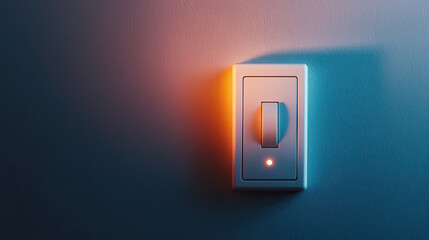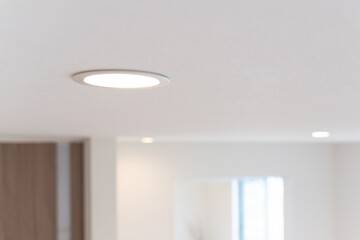How Do LED Dimmers Work? A Beginner’s Guide
LED lighting has transformed the way we illuminate our homes and workplaces. To maximize energy efficiency and control, many users turn to LED dimmers. Understanding how LED dimmers work can help you choose the right solution for your lighting setup and avoid common issues like flickering or buzzing.
The Basics of LED Dimming Technology
Unlike traditional incandescent bulbs, which dim by reducing voltage, LED lights require a more complex dimming process. Most LED dimmers use pulse-width modulation (PWM) or phase-cut dimming to adjust brightness levels without affecting energy efficiency.
- Pulse-Width Modulation (PWM): This method rapidly switches the LED on and off at a high frequency. The human eye perceives this as a continuous dimming effect, with brightness levels controlled by adjusting the duty cycle (the proportion of time the LED remains on during each cycle).
- Phase-Cut Dimming: Used in TRIAC dimmers (forward-phase) and electronic low-voltage (ELV) dimmers (reverse-phase), this method modifies the AC waveform to control power delivery to the LED.
Compatibility Between LEDs and Dimmers
Not all LEDs are dimmable, and not all dimmers work with every LED fixture. Here’s what to consider:
- Check for Dimmability: Ensure that your LED bulbs or fixtures are labeled as “dimmable.” Non-dimmable LEDs may flicker or malfunction when paired with a dimmer switch.
- Choose the Right Dimmer Type: Match your dimmer with the LED driver. Leading-edge (TRIAC) dimmers are common for older systems, while trailing-edge (ELV) dimmers work best with modern LEDs.
- Minimum Load Requirements: Many dimmers require a certain electrical load to function properly. If the LED load is too low, you might experience flickering or dropouts.
Benefits of LED Dimmers
Using LED dimmers offers numerous advantages:
- Energy Savings: Lower brightness means lower energy consumption, extending LED lifespan and reducing electricity costs.
- Improved Ambiance: Adjusting light levels helps create the right atmosphere for different settings, from cozy living rooms to task-oriented office spaces.
- Enhanced LED Longevity: Running LEDs at reduced brightness levels reduces heat generation, which prolongs the lifespan of the fixtures.
Common Issues and Troubleshooting
Even with the right setup, you might encounter dimming challenges. Here are some common issues and their solutions:
- Flickering: This can be caused by incompatible dimmers, insufficient load, or poor-quality LEDs. Switching to a compatible dimmer or using a dimmable LED driver can help. Check out this troubleshooting guide for common dimmer switch issues.
- Buzzing Noise: Electrical interference or mismatched dimmers may produce a buzzing sound. Opt for high-quality dimmers designed for LEDs.
- Limited Dimming Range: Some LEDs won’t dim down to 0%. Look for dimmers with a wide compatibility range or use specialized LED drivers.
- Dropout at Low Dimming Levels: Some LEDs may shut off instead of dimming to very low brightness. Using a dimmer with a lower minimum load threshold can help.
Choosing the Right LED Dimmer for Your Needs
When selecting a dimmer, consider:
- Brand Compatibility: Lutron, Leviton, and other manufacturers offer dimmers optimized for LED lighting.
- Control Type: Options include wall-mounted rotary dimmers, touch-sensitive dimmers, and smart dimmers that integrate with home automation systems.
- Load Capacity: Make sure the dimmer can handle the total wattage of your LED lights.
Conclusion
Selecting the right LED dimmer ensures smooth operation and long-lasting performance. Explore different LED dimming options to find the best fit for your lighting needs.


